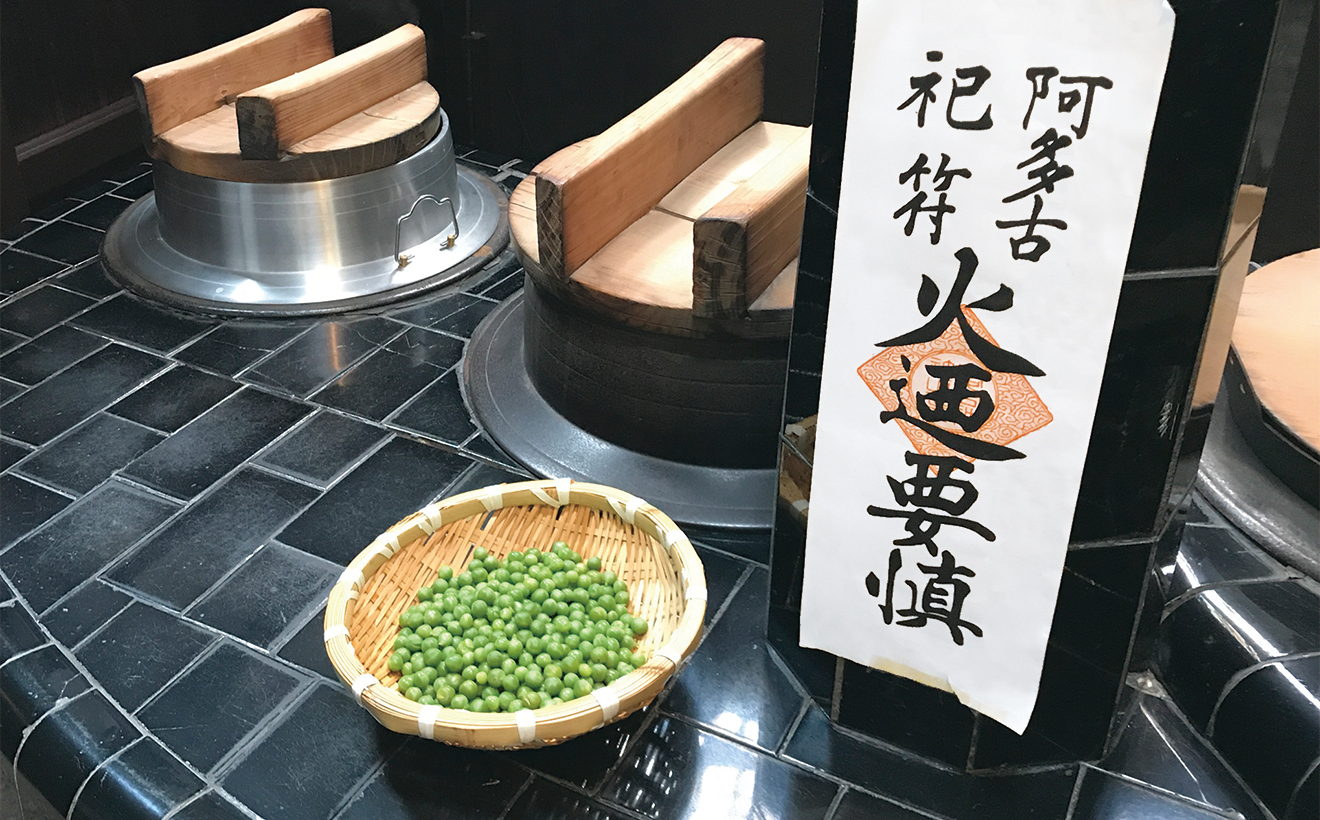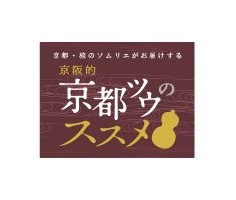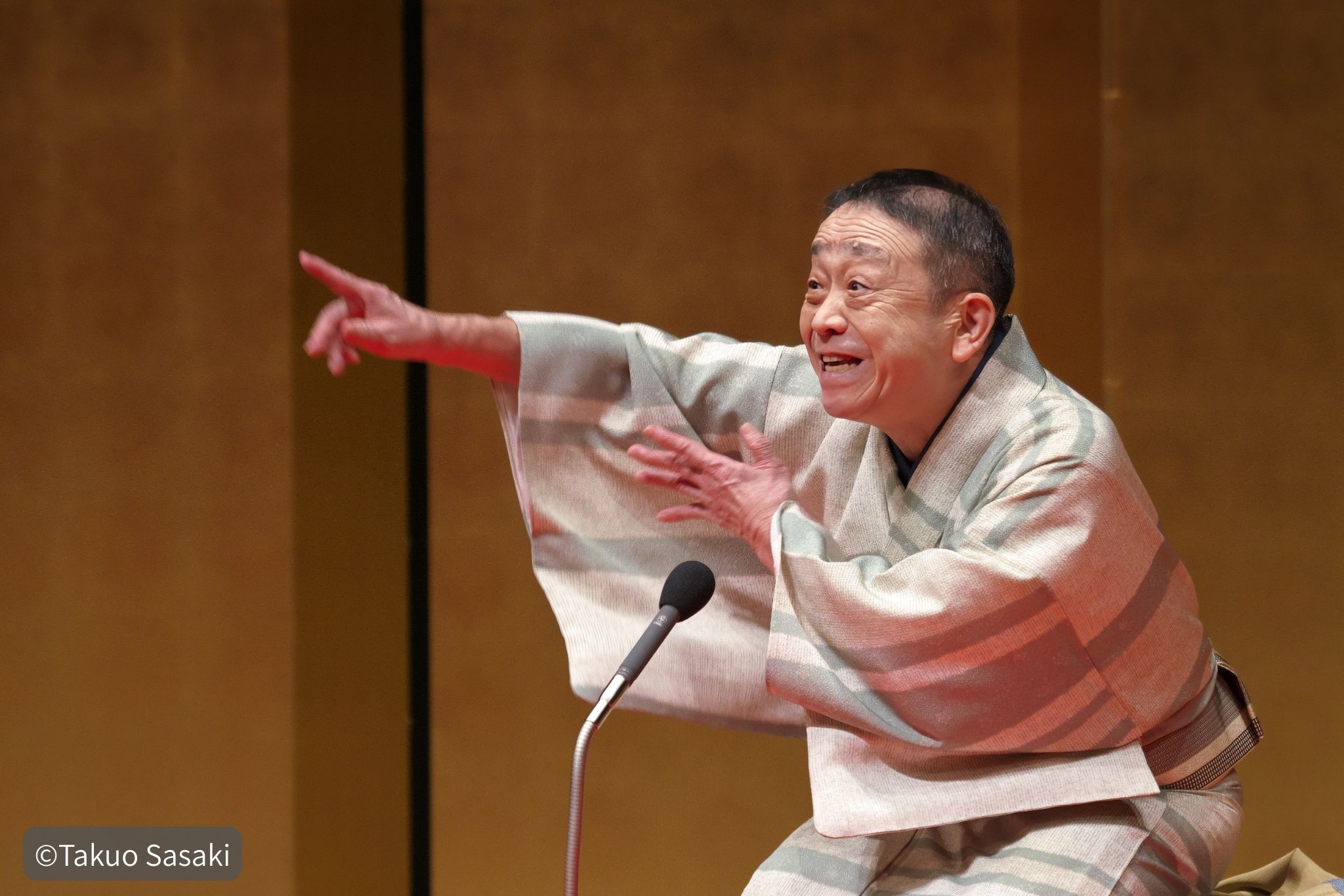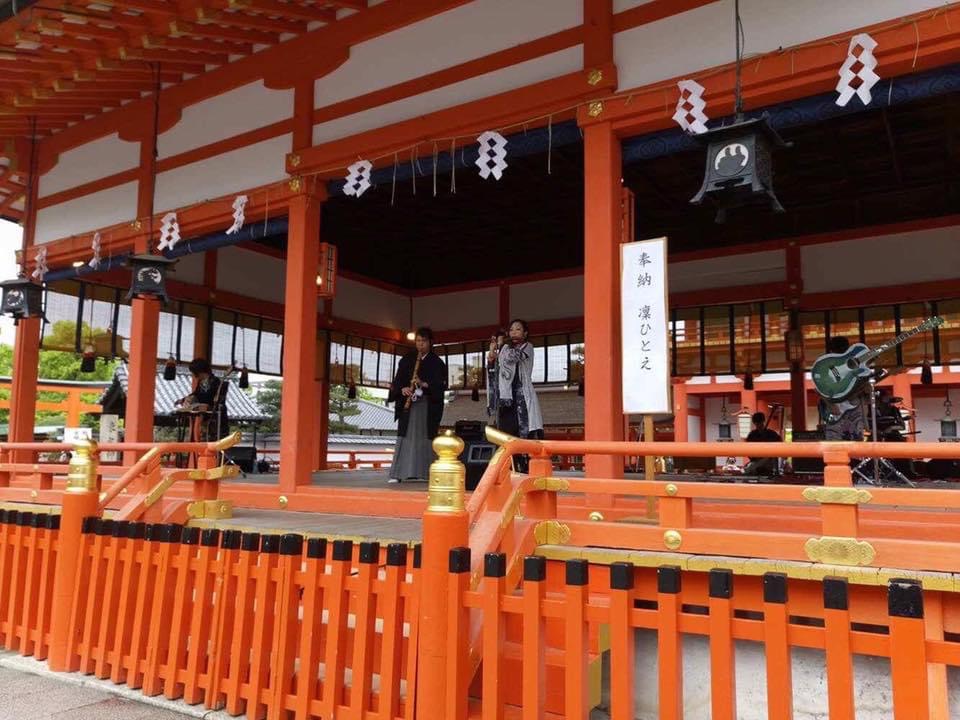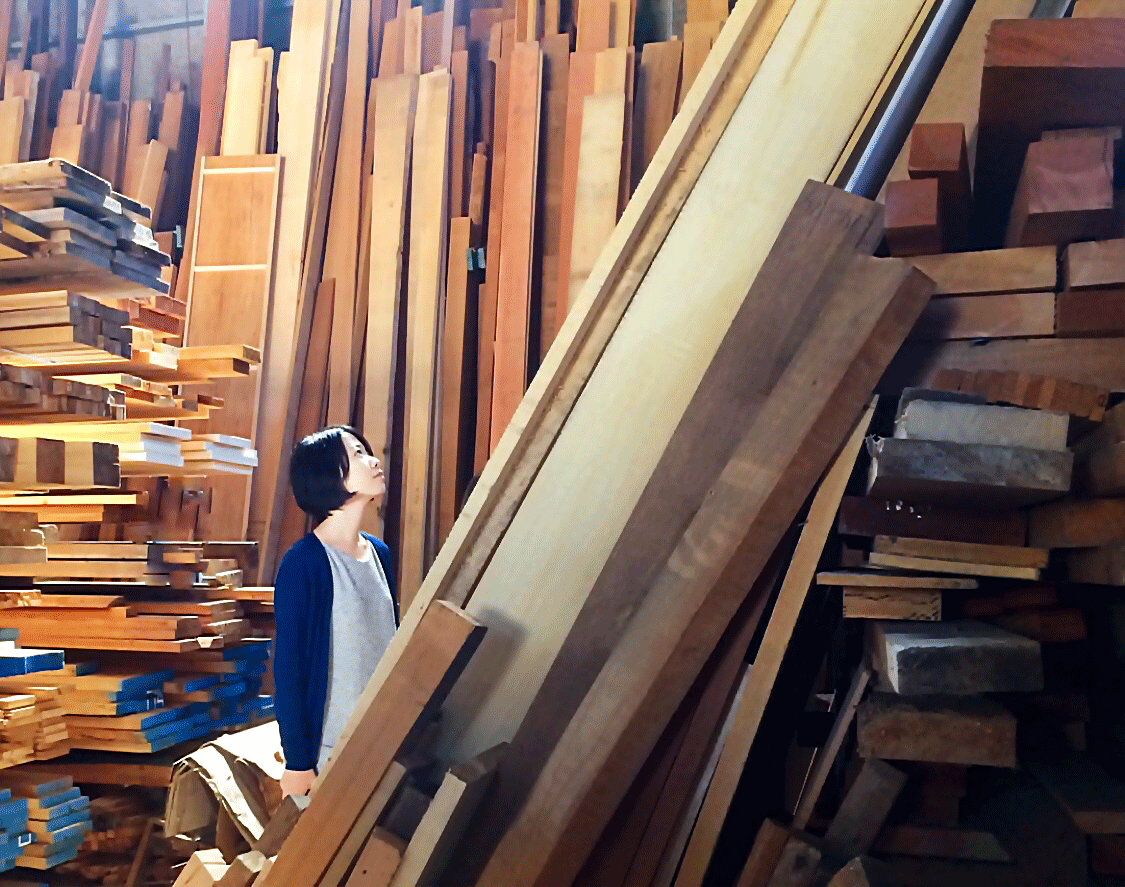
TEXT BY: Natsumi Tabusa
Aeru Company, General Manager of Japan West Division
Kyoto is a city with a rich history and culture. There are always many tourists, so naturally, people search for places where only a few people know about.
“Secret Kyoto,” “The New Face of Kyoto”… these are the titles of magazines that feature Kyoto, and you can see that everyone is looking for secret spots.
I am one of those people who enjoy these kinds of articles.
It has been only under four years since I started working in Kyoto, and I’m not an expert at introducing attractive sights.
However, thanks to my experience communicating with traditional Japanese artisans, I got some tips to view things around me differently from how I did before.
It actually changes an ordinary place into my own “secret spot”!
In this article, let me introduce some of these tips.
Learn from a woodworker: What is the highlight of "wood grain"?
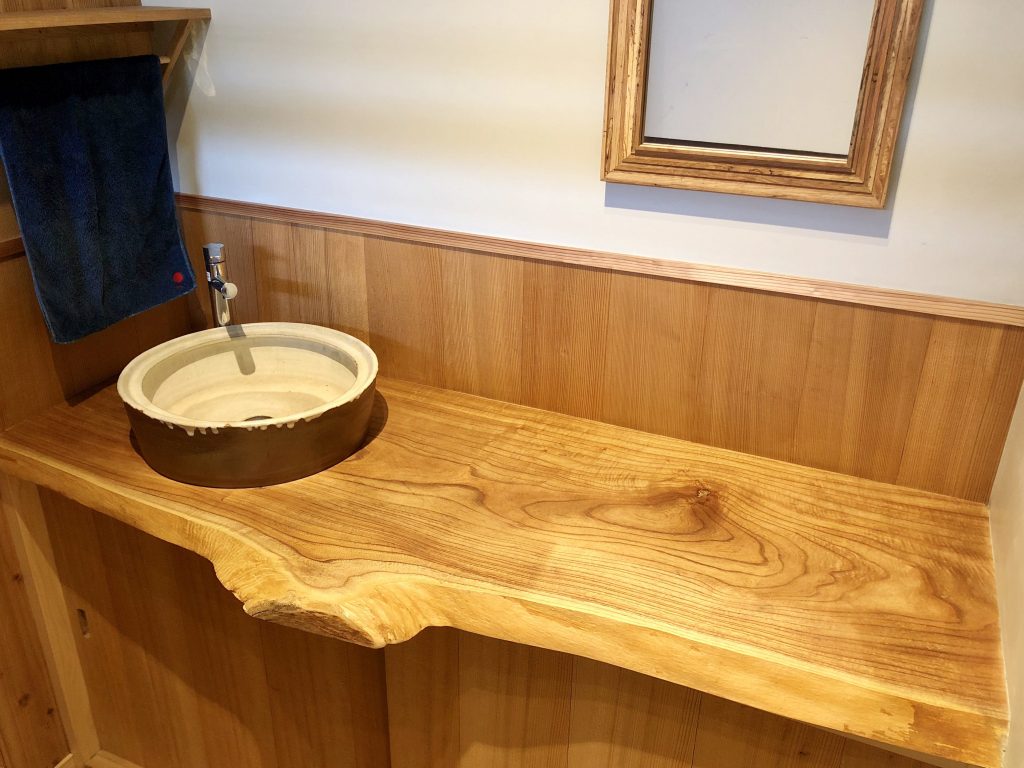
The restroom at a handicraft shop, “aeru gojo”
Do you like spaces filled with a wooden scent and interiors?
They make us feel calm, don’t they?
This photo shows a corner of my workplace, “aeru gojo”, the shop of “aeru brand” of traditional products for babies and children.
Here is one of my favorite spots in the shop.
The washstand is a single board of Chinaberry tree that the builder sourced for us.
It happened when I just started to work with artisans.
When a particular woodworker saw this single-board washstand, he admired it for its “great pattern.”
This is the “pattern” that the artisan was referring to.
After being told this, I realized that I had never “looked” at the wood board.
As I took a closer look at it, I could feel the energy as though a branch might suddenly come out from this mirage-like surface at any moment.
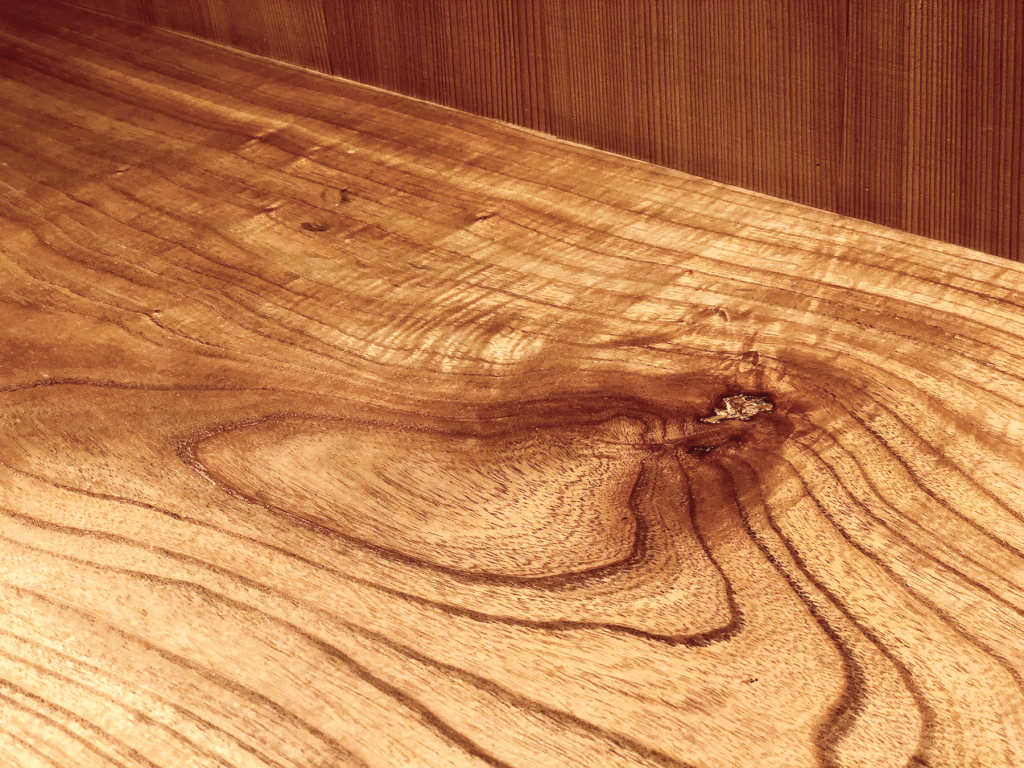
The woodworker told me about the pattern of the grain called “Moku.”
Just like people’s faces, each piece of wood has a unique grain pattern.
“Moku” refers to particularly precious and beautiful grain patterns.
Everyone has a different idea of which patterns are beautiful.
Still, it was interesting for me that there are patterns that artisans who have been seeing lots of timber consider “interesting,” “unusual,” and “beautiful.”
This experience was astonishing for me.
I always felt comfortable in a place with a wooden scent and interiors without carefully looking at the wood itself.
Appreciating wood grain like a treasure hunt
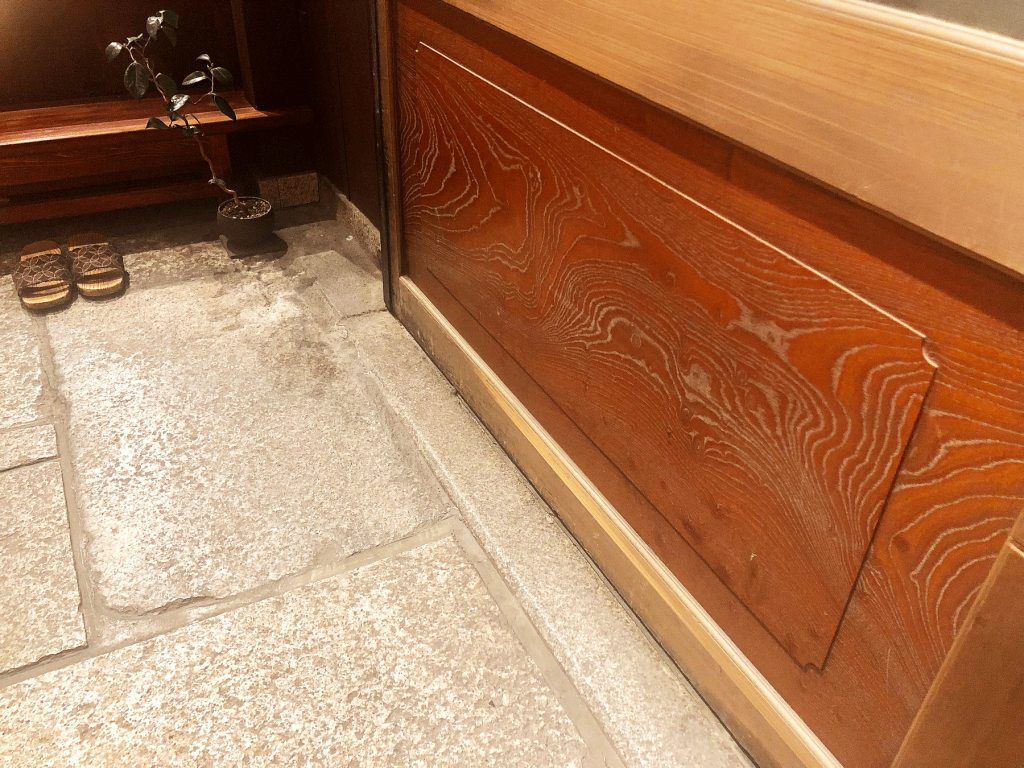
The wood grain in a traditional wooden townhouse in Kyoto
Now that this had sparked my interest in wood grain, I subconsciously started paying attention to it.
Even when looking at the same items and sceneries as before, all of them seem totally different to me.
Only learning a little about wood grain brings me something that adds to my day, like a treasure hunt.
I can also enjoy sightseeing spots that I have already been to and make new discoveries.
In Kyoto, there are lots of wooden houses built with valuable wood.
Even when you gaze at a wooden wall, wondering where its point of appeal is, you may unexpectedly discover something new.
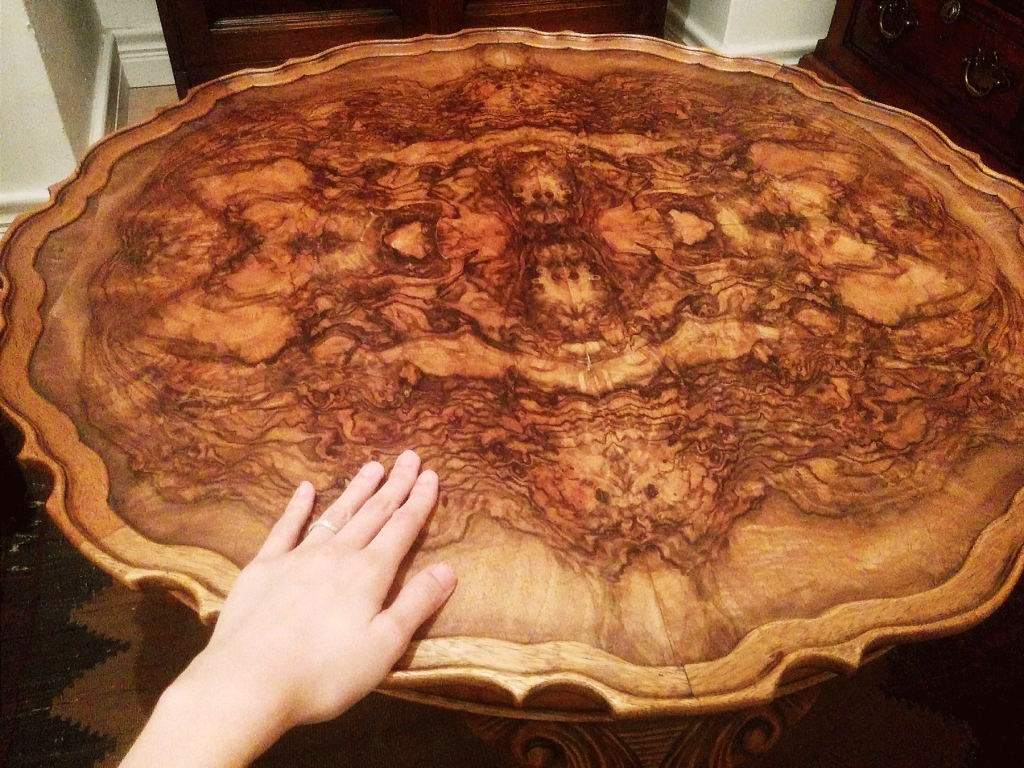
A table using a part of a tree knot
Do not forget to pay attention to the wooden furniture you see in various places.
The table in the photo is an imported antique.
The design has used the knotty part of the base of a walnut tree.
This, in fact, is also a type of “Moku” and is created by slicing through a tree’s knot.
It seems that artisans overseas also delight in utilizing wood grain when they craft products.
The charm of "wood grain" created by nature

Visiting a warehouse lined with timbers
There are also other fascinating wood grain patterns.
At a sawmill in Toyama prefecture, the mill handled timbers with unusual grain patterns.
They were woods with black stripes left by fungi and some oaks with holes made by insects.
According to the woodworker, some wood grains are made by biological activities, such as fungi and insects.
The traces of their lives appear in front of us uniquely.
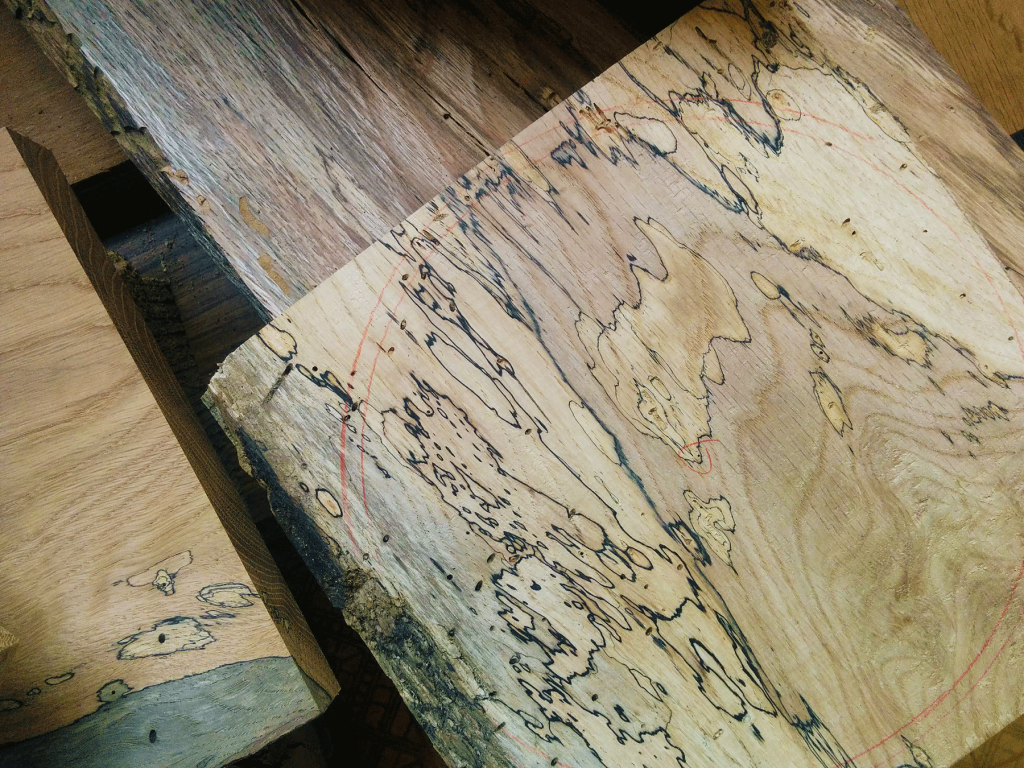
A piece of oak
The wood grain made by insects’ moving is used in flooring.
I found this used on the floor of a specific hotel.
If I had not known about this pattern, I might have passed through this floor without observing.
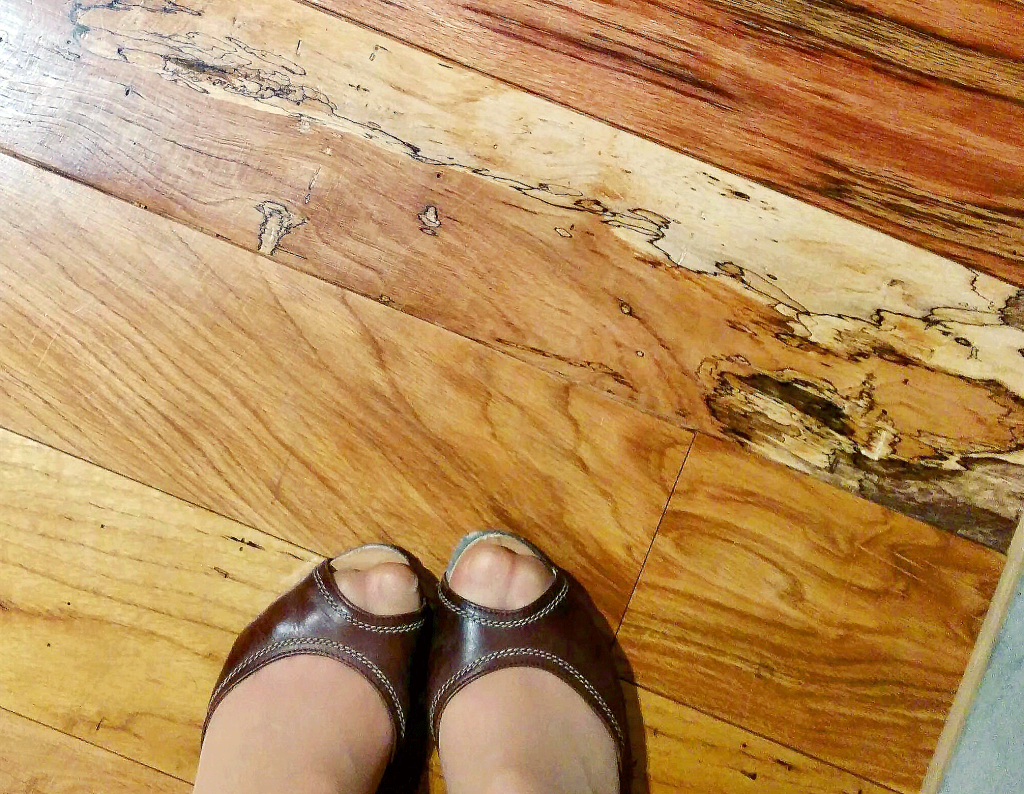
Flooring using wood grain created by insects’ moving
Kyoto has many sightseeing spots such as shrines, temples, and historic townhouses with precious wood that is now hard to obtain.
You can find exciting wood grain patterns on house walls, pillars, doors, tables, chairs, and others.
Be sure to walk around the streets and look out for beautiful wood grain patterns.




